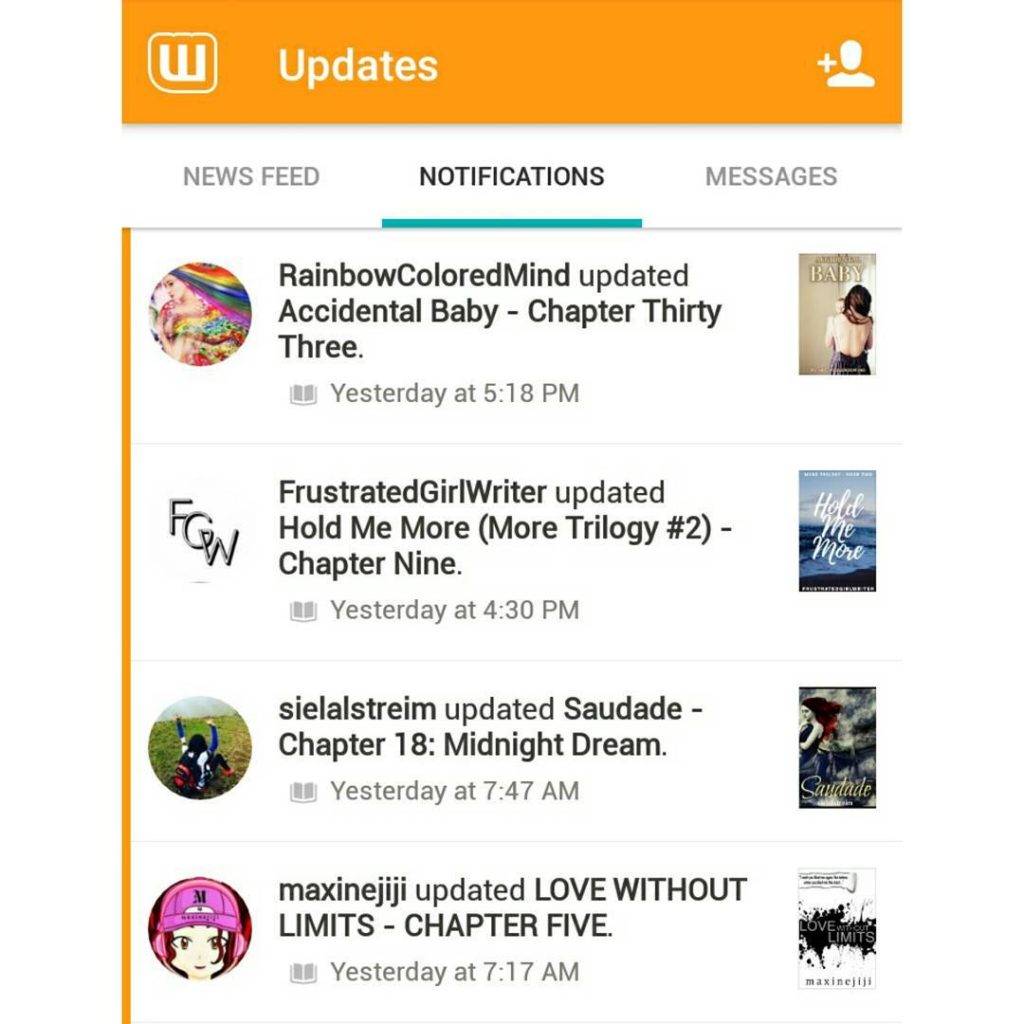For my genre profile project, I decided to focus on the contemporary craze of Twitter poetry. Twitter poetry is a subgenre of digital poetry (much like what Molly Aiudi talks about in her post about hypertext poetry) as well as a subgenre of a rising form of writing known as Twitterature. Twitter poetry focuses on…
4: Twitter Poetry





